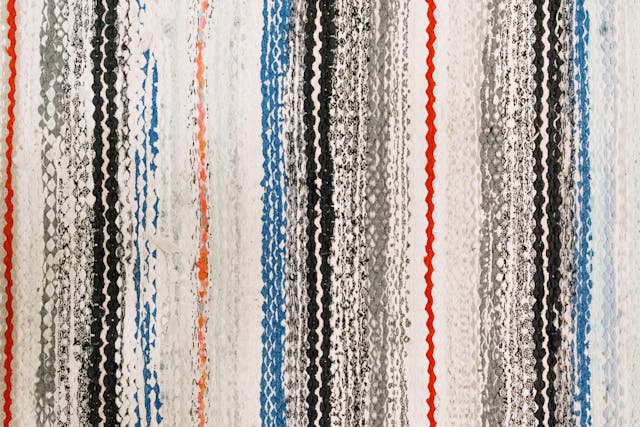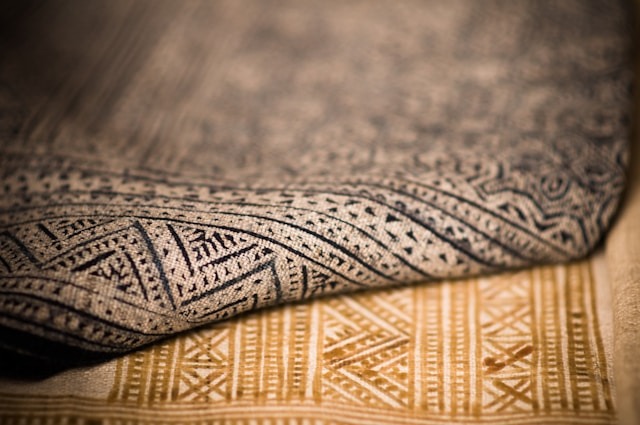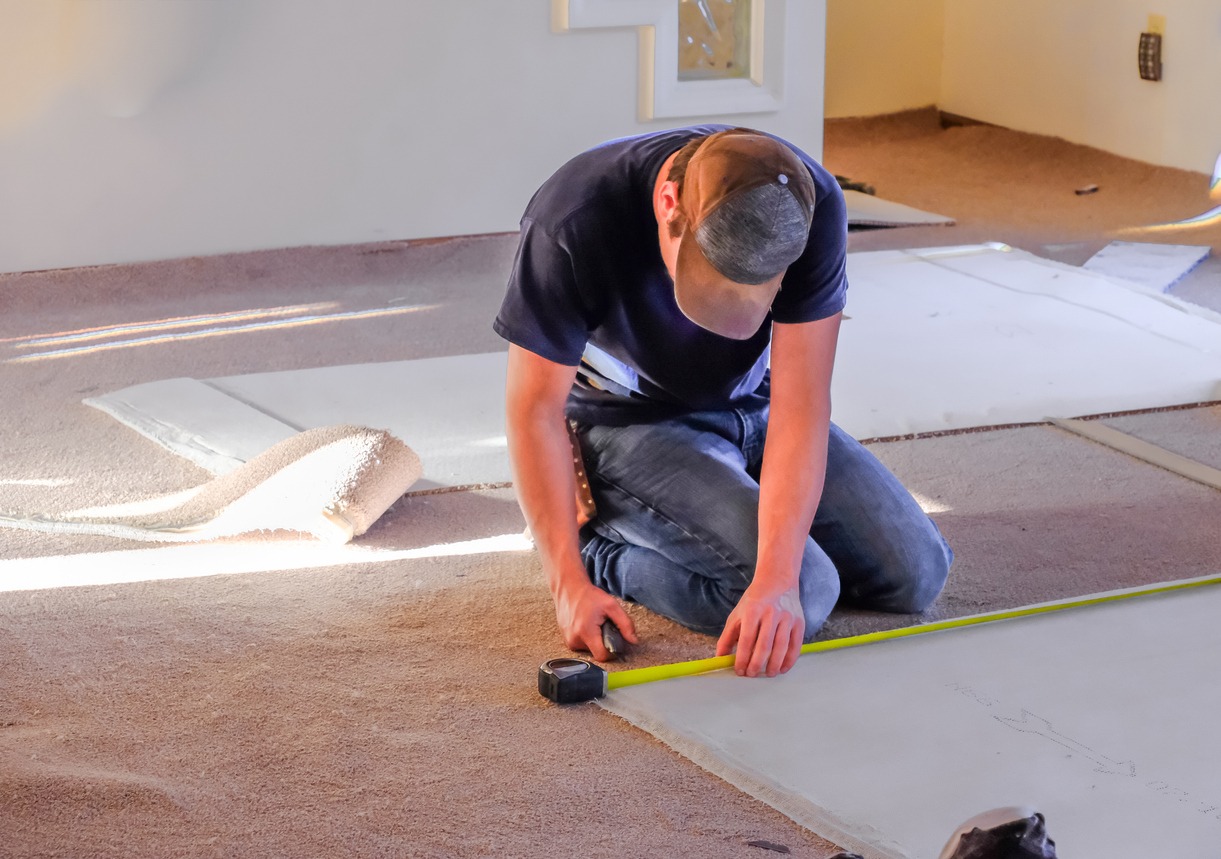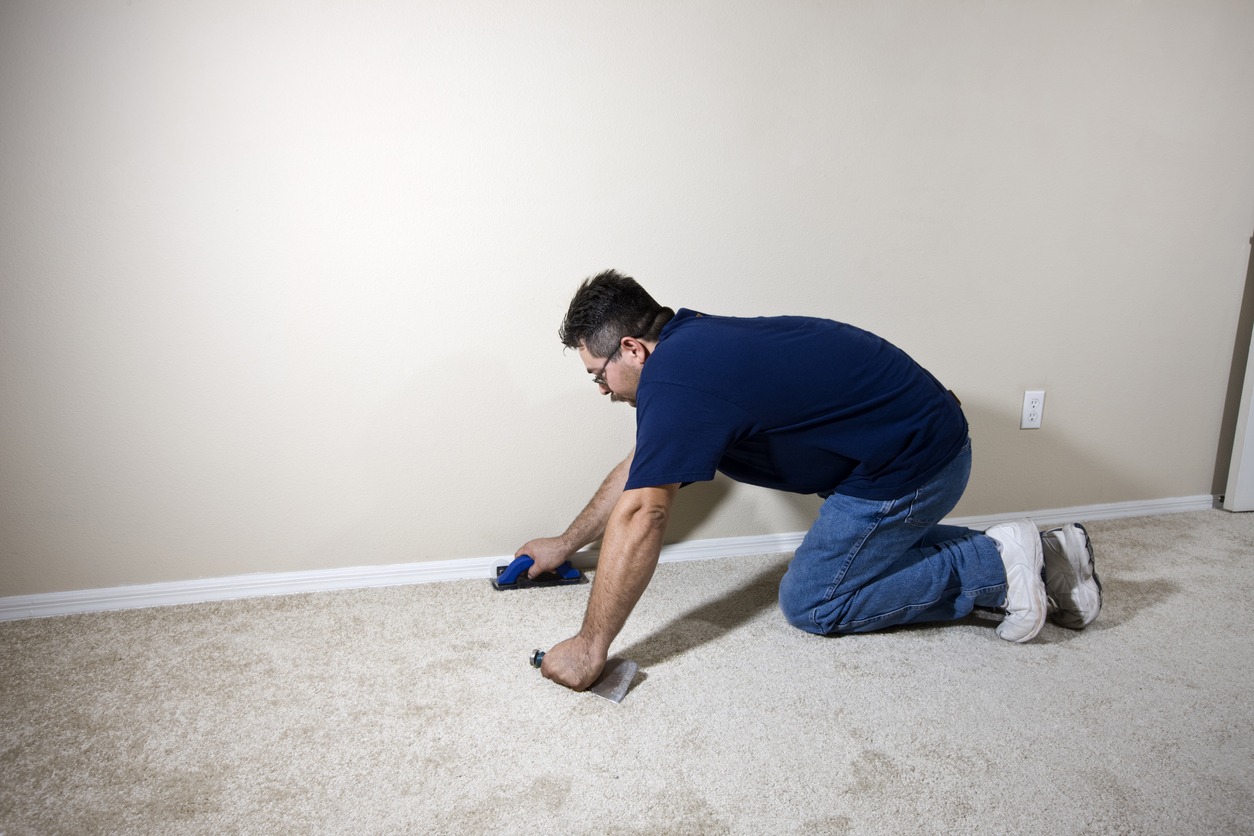Imagine you’re standing in a showroom, surrounded by rolls of carpet in various hues and textures, unsure where to begin. You’re not alone in this journey. Selecting the right carpet involves more than just picking a color that matches your curtains.
It’s about understanding the types of fibers, the significance of pile and density, and the critical role of underlay in the longevity of your carpet. Moreover, calculating the correct measurements and evaluating your lifestyle compatibility are pivotal steps you can’t afford to overlook.
And when it comes to installation, the debate between hiring a professional or attempting a DIY project can significantly impact your satisfaction and the carpet’s performance. Let’s explore these essential tips further to ensure you make a decision that you’ll be content with for years to come. If you want to keep your carpet both safe and clean, our carpet cleaning fort collins team is your best option!
Assess Carpet Fibers
When choosing a carpet, it’s crucial to assess the different fibers available, each with its unique benefits and drawbacks. Among the variety, nylon and polyester stand out for their distinct characteristics.
Nylon, known for its exceptional durability, is an ideal choice for high-traffic areas in your home. Its stain resistance ensures that spills and dirt can be cleaned easily, maintaining the carpet’s appearance over time. You’ll find nylon carpets to be a long-lasting investment, capable of withstanding the hustle and bustle of daily life without showing signs of wear.
On the other hand, polyester offers a softer touch, adding a layer of comfort underfoot. Its affordability makes it an attractive option for those looking to balance cost with quality. Polyester’s texture brings a luxurious feel to any room, making it perfect for bedrooms or areas where comfort is a priority. While it mightn’t match nylon’s durability, polyester carpets are still a practical choice for moderate-traffic areas, offering a blend of coziness and value.
In your quest for the perfect carpet, consider how the unique qualities of nylon and polyester align with your lifestyle and the specific needs of your home.
Consider Pile and Density
When choosing a carpet, it’s essential to understand the different types of pile and assess their density to find the perfect match for your home.
The texture of a carpet can significantly influence its feel underfoot and its overall appearance in your space.
Knowing these aspects will guide you in selecting a carpet that not only looks great but also withstands the test of time and use.
Understanding Pile Types
In choosing the right carpet, it’s crucial to understand pile types and how their density impacts both feel and longevity. Pile types refer to the surface of the carpet fibers, which significantly influence your carpet’s overall aesthetic and tactile experience. Here’s what you need to know:
- Cut pile carpets feature exposed yarn tips, offering a soft feel underfoot, ideal for cozy living spaces.
- Loop pile carpets boast loops of yarn, creating a durable and textured surface perfect for high-traffic areas.
- Cut and loop pile carpets combine both styles, providing unique patterns and textures that can accent any room.
The density of these piles plays a vital role in the carpet’s durability and appearance, making it a pivotal factor in your choice.
Assessing Carpet Density
Understanding carpet density is crucial as it directly impacts the durability and quality of your flooring choice. Carpet density refers to how many fibers are packed into a square inch.
Higher density means more fibers per square inch, which in turn makes your carpet more resilient to wear and tear. This is a key factor in ensuring your carpet withstands the demands of daily life.
Pile height, the length of the carpet fibers, also plays a significant role in determining carpet density and, consequently, its overall quality. Carpets with a shorter pile height often have a higher density, making them more durable and easier to maintain.
Importance of Texture
After exploring how density affects carpet durability, it’s equally important to consider how texture—shaped by both pile and density—impacts the look and feel of your flooring. Texture in carpet isn’t just about aesthetics; it’s about how the carpet performs and feels underfoot.
- Texture is crucial for defining the carpet’s surface appearance and feel, significantly influenced by pile height and density.
- Higher pile carpets offer a plush, soft feel, perfect for bedrooms or lounging areas.
- Lower pile carpets, due to their ease of maintenance, are ideal for high-traffic zones.
- A dense carpet with a shorter pile height will be more durable, resisting matting and crushing, ensuring your investment lasts longer.
Understanding texture helps you choose a carpet that meets both your style preferences and practical requirements.
Importance of Underlay
Choosing the right underlay is as crucial for your carpet as the carpet itself, providing essential support and extending its lifespan. The underlay acts as a foundation, ensuring your carpet remains plush and comfortable underfoot. It’s not just about a soft step; a quality underlay also plays a pivotal role in insulation, keeping your floors warmer in winter and contributing to your home’s overall energy efficiency.
| Feature | Benefit | Consideration |
|---|---|---|
| Support | Extends carpet life by reducing wear | Opt for heavy-duty in high-traffic areas |
| Acoustic Properties | Reduces noise transmission | Essential in apartments or multi-story homes |
| Tog Rating | Enhances insulation properties | Higher tog for better warmth retention |
| Durability | Ensures comfort and long-term use | Match underlay quality with carpet type |
Calculate Correct Measurements
Having selected the right underlay to ensure your carpet’s longevity and comfort, it’s equally important to accurately measure your space to avoid unnecessary waste and expenses. Precise measurements are crucial to ensure you don’t end up with too much or too little carpet, which can lead to added costs or delays in your project. Here’s what you need to keep in mind:
- Measure the length and width of the room to calculate square footage accurately.
- Account for irregular room shapes by dividing them into smaller, measurable sections.
- Add 10% to your total square footage to accommodate for carpet waste during installation.
- Consider seam placement and pattern matching when measuring for carpet installation.
These steps help mitigate carpet waste and ensure seam placement is thoughtfully planned, especially in larger rooms where seams are inevitable.
Consulting with professionals can provide you with the most precise measurements, helping you avoid the pitfalls of under or over-ordering. Remember, the goal is to buy the right amount of carpet that fits perfectly into your space, aligning with both aesthetic and practical considerations.
Evaluate Lifestyle Compatibility
Your lifestyle plays a critical role in determining the most suitable carpet for your home. If you’ve got pets, children, or areas that see a lot of foot traffic, picking the right carpet type isn’t just about color or texture. High-pile carpets, though luxurious underfoot, may not be the best choice for active households due to their cleaning and maintenance demands. Instead, consider low-pile or loop carpets. These options aren’t only easier to clean but can also withstand the daily hustle and bustle more effectively.
Furthermore, take a moment to think about your daily activities and habits. Do you often find yourself cleaning up spills or dealing with dirt tracked in from outside? If that sounds like your household, opting for a stain-resistant carpet could save you a lot of time and effort in maintenance. Stain-resistant carpets are designed to repel spills, making cleanup a breeze and helping your carpet look newer for longer.
Choosing a carpet that aligns with your lifestyle ensures it can handle the wear and tear of daily life, keeping your home looking great and reducing the need for frequent deep cleanings or replacements.
Professional Vs. DIY Installation
When considering carpet installation, you’re faced with choosing between hiring professionals or tackling the job yourself. Assessing the cost difference and understanding the level of skill required are crucial in making an informed decision.
Each option has its benefits and drawbacks, impacting both your budget and the carpet’s longevity.
Cost Comparison
While deciding between professional and DIY carpet installation, it’s crucial to compare the costs and benefits of each option to determine the most economical choice for your home. Professional installation costs typically range between $2 to $6 per square foot, whereas DIY installation can save about $1 to $2 per square foot. However, it’s important to note:
- DIY requires buying or renting tools, adding $200 to $500 to your budget.
- Professional services often include necessary tools and expertise.
- DIY methods might lead to uneven layouts, affecting carpet longevity.
- Opting for professionals can preserve manufacturer warranties, ensuring long-term coverage.
In essence, while DIY installation might seem cheaper upfront, considering the cost comparison, professional carpet installation could save you from future expenses and headaches.
Skill Level Required
Assessing the skill level required for carpet installation is crucial, as it varies from basic to complex depending on room layout and carpet type. If you’ve got a straightforward room, you might be tempted to tackle the job yourself. But beware, DIY installation can void warranties and lead to premature wear if not done correctly.
For complex rooms or stairs, it’s wise to lean on professional installation. Carpet installers bring the necessary tools and expertise, ensuring proper fitting and performance. Don’t underestimate the pitfalls of improper DIY installation—it can result in safety hazards and unsatisfactory results.
Additional Details
- Check out shops like Carpet shops Colchester and LT Flooring for guidance.
Conclusion
In conclusion, when choosing carpet for your home, it’s crucial to assess carpet fibers, consider pile and density, and not overlook the importance of underlay. Make sure you calculate correct measurements to avoid waste and extra costs. Evaluate how the carpet matches your lifestyle, especially in high-traffic areas.
Finally, weigh the pros and cons of professional versus DIY installation. By keeping these tips in mind, you’ll make a choice that suits both your home and lifestyle perfectly.






